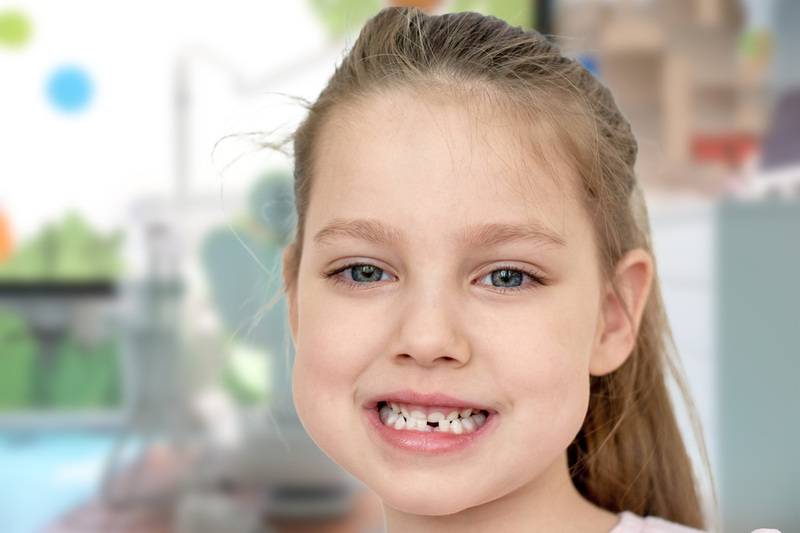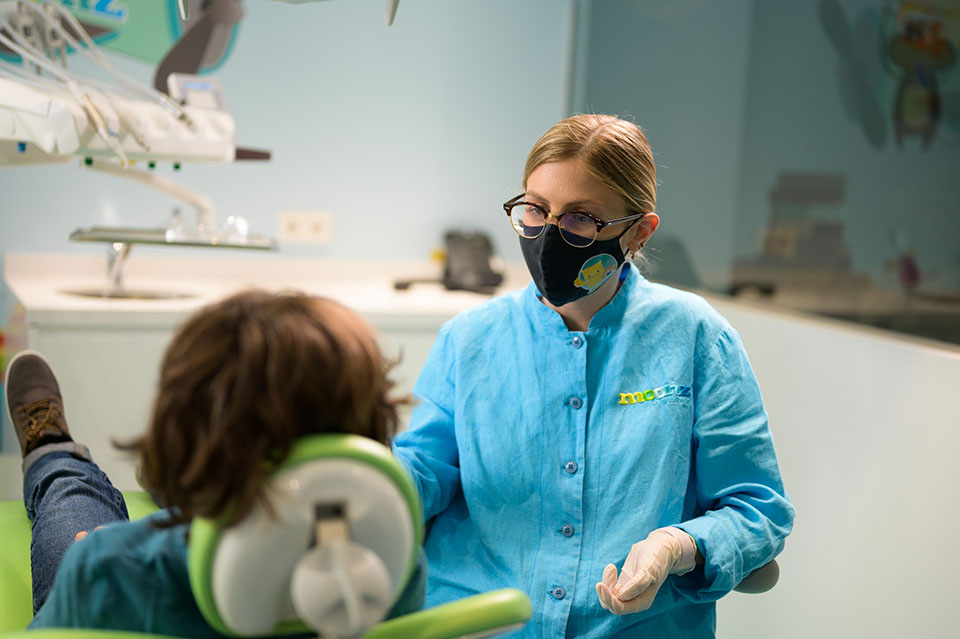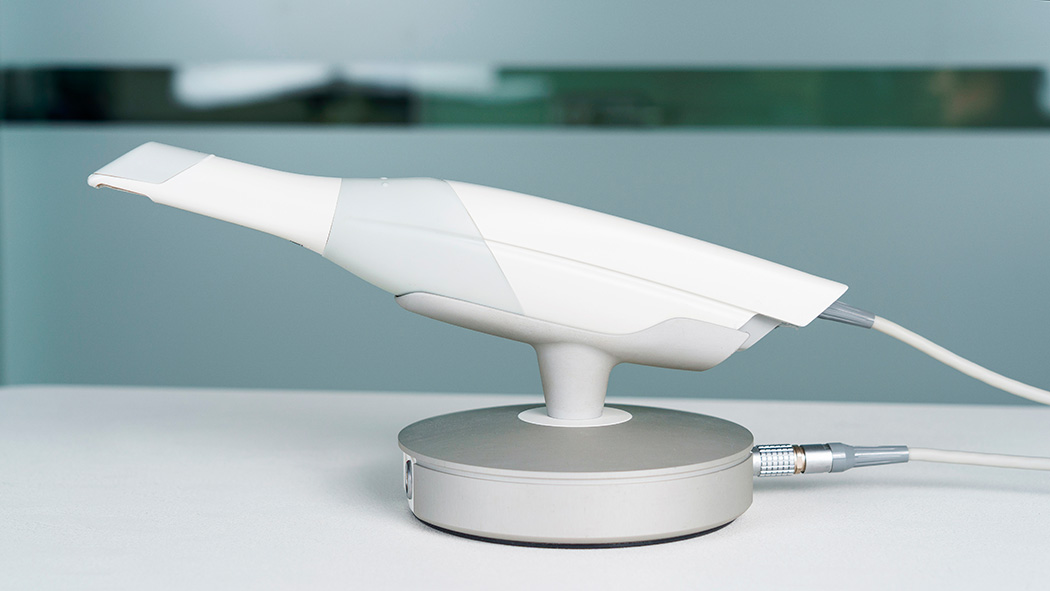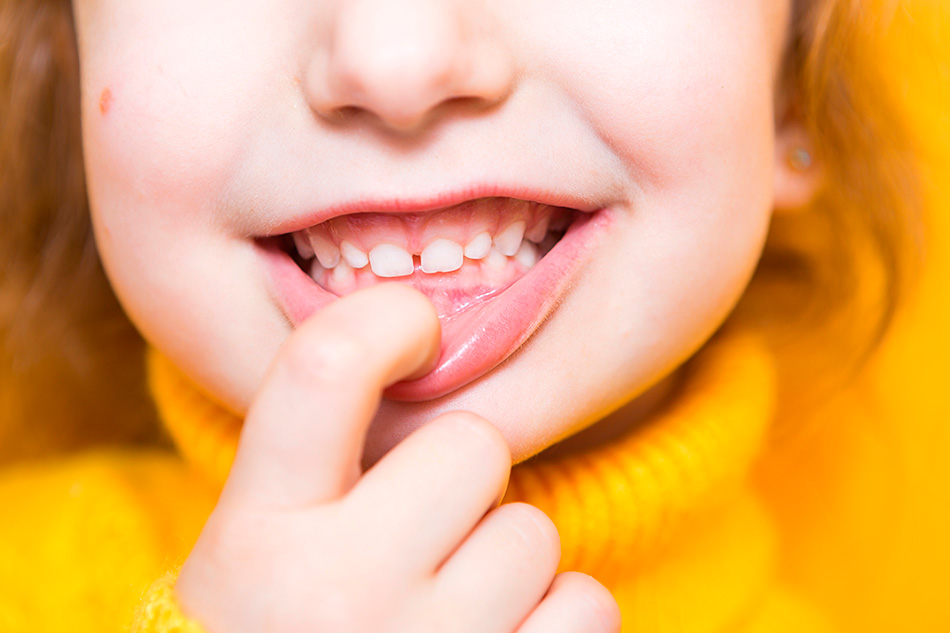Carrying out a good dental hygiene is essential to avoid any type of condition that may adversely affect our oral health. However, there are certain areas that are more complex to lean than others, such as molars and premolars and the teeth that are in the back of the mouth as opposed to the ones in the front.
The use of dental sealants is recommended in some cases to prevent the formation of cavities as they would be sealing the retentive parts of these teeth which are more difficult to access, avoiding the accumulation of bacterial plaque.
In the following article we explain the importance of dental sealants in pediatric dentistry and what this treatment consists of.
What are dental sealants?
Dental sealants are a thin layer of resin that is applied to the occlusal surface of the teeth, especially on the premolars and molars (which have a more irregular anatomy and cracks, which causes food debris to accumulate more easily).
It is a minimalist invasive technique, which is performed in both children and adults, although less common in the latter. This thin layer of resin creates a protective shield that prevents the accumulation of food debris and bacteria in the small cavities and fissures of the teeth, thus avoiding the formation of cavities.
How are dental sealants applied?
The procedure is simple and non-invasive. After the evaluation of the pediatric dentist, the treatment is carried out following the steps listed below:
- A professional dental cleaning: to remove any remains of food or bacterial plaque present on the dental surface.
- The surface of the affected tooth is carefully dried.
- Once the tooth is dry, an acid gel is applied to help create a correct surface for the sealant to adhere better.
- The affected tooth is rinsed and dried again.
- Once it has dried, the dental sealant (liquid resin) is applied using a brush or an applicator; it will harden when the professional applies the “special light” to that specific area. This process usually takes between 10 and 30 seconds.
Despite the fact that dental sealants are designed to withstand chewing forces and last for several years, it is advisable to go for a periodic review approximately every six months. That way, if they have deteriorated, the pediatric dentist will either apply them again or reevaluate if they are still needed.
When are dental sealants applied?
Dental sealants are used as a preventive treatment aimed at those people who are at high risk of suffering from dental caries, such as children or adolescents. This treatment can be applied to milky teeth, although it is less common as their anatomy tends to be less aggressive.
In the case they do present deep grooves, when applying the sealant they will be protected against cavities, lowering down the risk of accumulating debris.
Typically, dental sealants are applied between the ages of 6 and 14 when the permanent back teeth have erupted and their anatomy is very sharp and deep. They can also be used as a preventive measure in people who need help in order to maintain a complete oral hygiene or who have difficulties in applying the oral hygiene techniques correctly.
Moreover, they can be used in people who consume a diet rich in sugars and carbohydrates or who take sugary medications, among others.
How long do dental sealants last?
Dental sealants usually last between 3 and 5 years, although everything will depend on the type of material that has been used and the care that the patient takes.
It is important to note that dental sealants are temporary, as they will wear out and have to be replaced if needed. This wear can be due to various factors such as oral hygiene, the type of diet, the strength of the bite, among others.
Therefore, it is necessary to carry out a good oral brushing (two or, if possible, three times a day), to use the dental floss and to avoid frequently consuming refined sugars, which are sticky and lead very quickly to the formation of cavities.
What are the benefits?
Dental sealants provide numerous benefits to oral health. As previously mentioned, their main objective is to protect the teeth against the accumulation of bacteria and food debris and to prevent the formation of carious lesions.
In addition, having a non-invasive treatment (sealants) would prevent, in many cases, the need to perform much more invasive procedures such as a pulpotomy (partial extraction of the dental pulp), in case of having milk teeth or a filling (dental filling) for the permanent teeth. Dental sealants are an affordable preventative treatment that help protect and improve long-term health.
Bibliography
- Mark A. M. (2016): “Dental sealants”. Journal of the American Dental Association, 147 (8): 692.
- Oong E. M., Griffin S. O. et al. (2008): “The effect of dental sealants on bacteria levels in caries lesions: a review of the evidence”. Journal of the American Dental Association, 139 (3). Pp. 271-357.
- Simonsen, R.J. (2002): “Pit and fissure sealant: review of the literature”. Pediatric Dentistry 24 (5). Pp. 393-414.
- Wright J. T., Crall J. J. et al. (2016): “Evidence-based clinical practice guideline for the use of pit-and-fissure sealants: A report of the American Dental Association and the American Academy of Pediatric Dentistry”. Journal of the American Dental Association, 147 (8). Pp. 672-682.





























